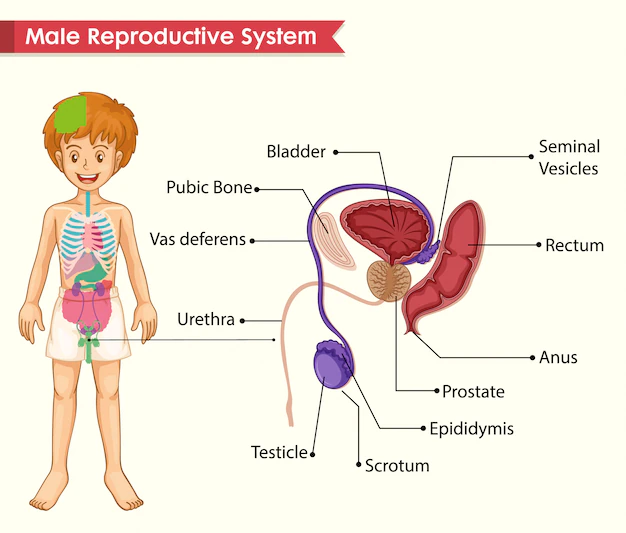Overview of Prostate Disorders

The prostate gland is an important part of the male reproductive system, and as men age, they may experience various prostate disorders. Here is an overview of some of the most common prostate disorders:
- Prostatitis: This is an inflammation of the prostate gland and can be caused by bacterial or non-bacterial infections. Symptoms may include painful urination, frequent urination, pain in the pelvic area, and fever. Treatment may include antibiotics, pain medication, and lifestyle changes.
- Benign Prostatic Hyperplasia (BPH): This is a non-cancerous enlargement of the prostate gland, which can cause difficulty urinating, frequent urination, and a weak urine stream. Treatment may include medication, lifestyle changes, or surgery.
- Prostate Cancer: This is a type of cancer that develops in the cells of the prostate gland. Symptoms may include difficulty urinating, blood in the urine or semen, and pain in the lower back or hips. Treatment options may include surgery, radiation therapy, or hormone therapy.
- Prostatic Intraepithelial Neoplasia (PIN): This is a condition where abnormal cells are found in the prostate gland. It is not cancerous but may increase the risk of developing prostate cancer.
- Prostate Stones: These are small stones that can form in the prostate gland and may cause difficulty urinating, pain during ejaculation, and blood in the urine. Treatment may include medication or surgery to remove the stones.
It is important for men to be aware of the symptoms of these prostate disorders and to seek medical attention if they experience any of them. Regular check-ups and prostate screenings can also help detect any potential problems early on.
